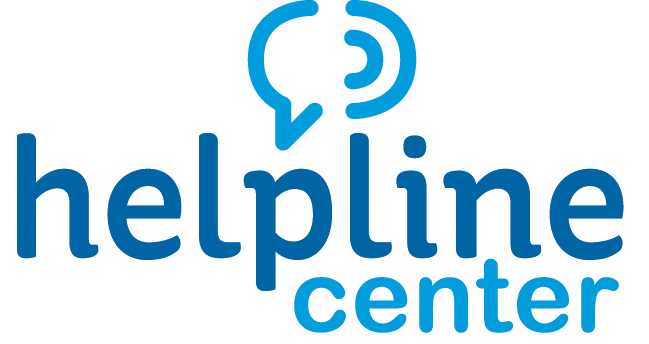Mold
The Impact of Mold:
- Not all mold that appears black in color is “Black mold”.
- “Black mold” also does not require different precautions than other molds.
- All molds have the potential to cause negative health effects, but they are not always toxic.
- Mold produces allergens that can trigger allergic reactions or asthma attacks.
- People with allergies, immune suppression, or lung disease may be more susceptible to fungal infections.
- Mold has not been proven to cause pulmonary hemorrhage or memory loss.
- “Black mold” has not been identified as a cause of human illness.
- If you believe you are sick because of mold in your building, speak with your doctor to determine the appropriate action to take.
Why Mold Grows:
- Mold is common in buildings and homes.
- Mold spores can enter buildings from open doorways, windows, and ventilation systems with outdoor air intakes.
- Mold will grow anywhere indoors where there is excessive moisture.
- Wet materials such as paper, cardboard, ceiling tiles, and wood are especially good for growing mold.
Removing Mold:
- First, identify and fix if there is a problem with water or moisture.
- If the mold is less than 10 square feet, you can clean the mold up yourself.
- Wear gloves, goggles, and a N-95 respirator (face mask).
- Scrub mold off hard surfaces with detergent (such as bleach) and water, and dry completely.
- If using bleach, do not use more than 1 cup of bleach in 1 gallon of water.
- Never mix bleach with ammonia or other cleaners.
- Open windows and doors for fresh air.
- Moldy absorbent materials such as ceiling tiles and carpet should be thrown away.
- If you think the HVAC system may be contaminated with mold do not run it before cleaning it.
- It is not necessary to test or identify the species of mold growing in a residence.
- If mold covers greater than 10 square feet, or you cannot manage the amount on your own, contact a professional who has experience cleaning mold.
Preventing Mold:
- Control indoor moisture levels and humidity.
- Use air conditioner or dehumidifier during humid months.
- Fix roof leaks, landscaping and gutters that direct water into or under the building.
For more information, call 211 or search our online database:
- www.helplinecenter.org/2-1-1
- Enter your zip code
- Select Housing/Shelter category
- Enter your zip code
Sources:
- United States Environmental Protection Agency: Mold Remediation in Schools and Commercial Buildings Guide https://www.epa.gov/mold/mold-remediation-schools-and-commercial-buildings-guide
- Centers for Disease Control and Prevention: Mold – Health https://www.cdc.gov/mold-health/about/
Disclaimer: This HelpSheet is developed by the Helpline Center. Helpsheets provide a brief overview of the designated topic. For more information, call 211 or text your zip code to 898211.
Updated: June 2024






